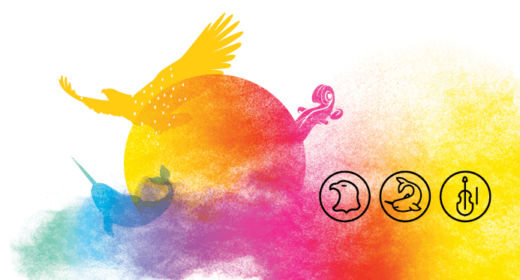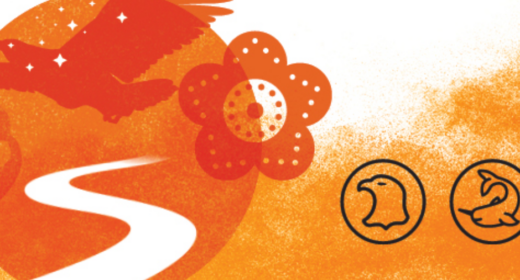On Friday April 24, 2015, Justice Edward of the Ontario Court of Justice released an important addendum to his decision in Hamilton Health Sciences Corp v DH, which we originally reported on in our January 2015 blog post.
The addendum shows that significant steps are being taken in Ontario to develop an integrated approach to health care for Indigenous people that respects and brings together traditional Indigenous approaches to medicine and “Western” approaches.
What did the original decision say?
Hamilton Health recognized that the practice of Haudenosaunee medicine is a constitutionally protected Aboriginal right.
At issue was whether an 11 year old girl known as “JJ,” who had been diagnosed with high-risk acute lymphoblastic leukemia, required protection to force continued treatment. When JJ’s leukemia went into remission, her mother discontinued chemotherapy to pursue traditional Haudenosaunee medicine.
McMaster Children’s Hospital reported JJ’s mother to the Brant Family and Children’s Services (‘Children’s Services’). The hospital then brought an Application asking the Court to compel Children’s Services to intervene. The Court could have ordered Children’s Services to apprehend JJ from her parent’s custody to undergo further chemotherapy. However, the Court found JJ did not require protection because she has a right to use traditional medicine.
What does the addendum say?
In the addendum, Justice Edward adopted a joint submission prepared by all parties to the proceeding that further clarifies his original decision.
After the decision in Hamilton Health, the Government of Ontario became involved. It chose an approach of dialogue and cooperation with JJ’s family. Her health care team was expanded to include a senior pediatric oncologist and a traditional Haudenosaunee Chief who practices traditional medicine. JJ also found a new hospital to work with. In March 2015, JJ’s cancer returned. Her family decided to continue with the traditional Haudenosaunee medicine and resume chemotherapy.
The clarification in the addendum was sought to allow JJ and her family the peace of mind and privacy to proceed with both types of treatment. Justice Edward added the following points to his decision:
- The Aboriginal right to use traditional medicine must be respected in any analysis of the best interests of the child;
- The principle that the best interests of the child are paramount is consistent with the recognition of an Aboriginal right to use traditional medicine;
- Recognizing Aboriginal rights correctly considers the principle of reconciliation between Indigenous and non-Indigenous Canadians;
- The Haudenosaunee have both an Aboriginal right to use their own traditional medicine and the same rights as non-Indigenous people to access provincial health services; and
- Recognition of both these sets of rights for the Haudenosaunee is consistent with the principles in Article 24 of the United Nations Declaration on the Rights of Indigenous Peoples, which recognizes that Indigenous peoples have the right to access all health services without discrimination.
What does this mean?
The addendum does not change the outcome of Justice Edward’s original decision.
Instead, it signifies an important step towards reconciliation and respect between the parties. Indigenous Canadians have distinct constitutional rights that protect their ability to make decisions based on their own traditional values and experiences.
There is a long history in Canada of apprehension and violence towards Indigenous children. In Hamilton Health, the hospital’s extreme approach of pursuing legal action that could have resulted in JJ’s apprehension from her family had the judge not taken into consideration the Indigenous values and traditions grounding the family’s decisions respecting health care.
The addendum to the decision in Hamilton Health shows that a relationship based on respect is a better way to pursue reconciliation. It encourages integrating traditional Indigenous values with our current medical system to better serve Indigenous Canadians’ health needs.


